Discovering the Blue Hues: The Inspiration Behind Monet's Impressionist Masterpieces
Claude Monet, who started the Impressionism movement with his work titled Sunrise, painted what he felt instead of the landscape he saw in each of his works. Today, when we examine Monet's paintings, we feel both serenity and peace. The biggest common point of his paintings is the blue tones that are never missing. So why did Monet love the color blue so much? It all started with four friends...
In 1862, there were four young painters at the French Academy of Fine Arts: Claude Monet, Pierre-Auguste Renoir, Alfred Sisley, and Frédéric Bazille.

Academic painting took place in just such a studio. ☝
Four young painters realized they had something in common: They all found it an unfashionable, unrealistic and uninspiring activity.
The academic style seemed to them artificial and imitative of the Renaissance. They were also not interested in classical history, mythology and Bible stories.
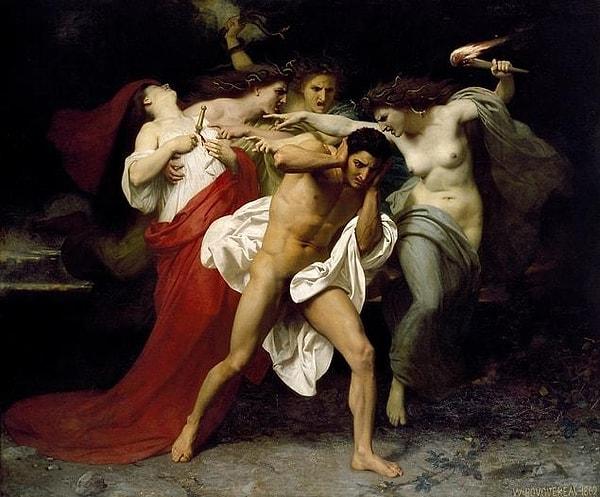
So they started to paint outside. This is called "en plein eir" in French, meaning "outdoor painting".
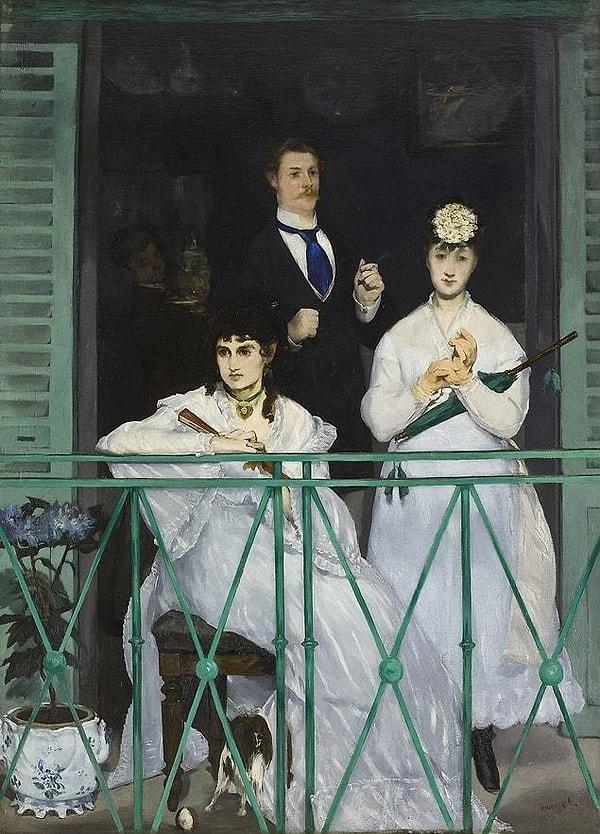
The pioneer of this was Edouard Manet, one of the old painters. He adopted a different kind of realism. Outside the studio, the light and the human figures were different. We can notice this change on Manet's balcony.
Soon Paul Cezanne and Camille Pissarro joined them and the movement was born.
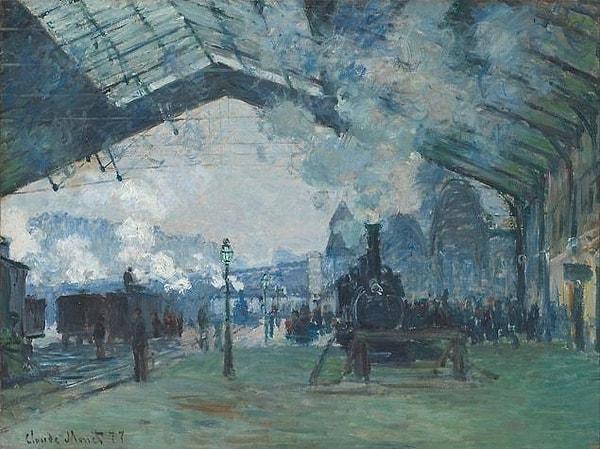
They didn't portray reality as the camera would capture it; they portrayed it as the eye saw and felt it at that moment. Changing light, blur, fog and more...
Thus, they also realized how important color was. We can see this in one of Monet's first works, "La Grenouillére" (1869).
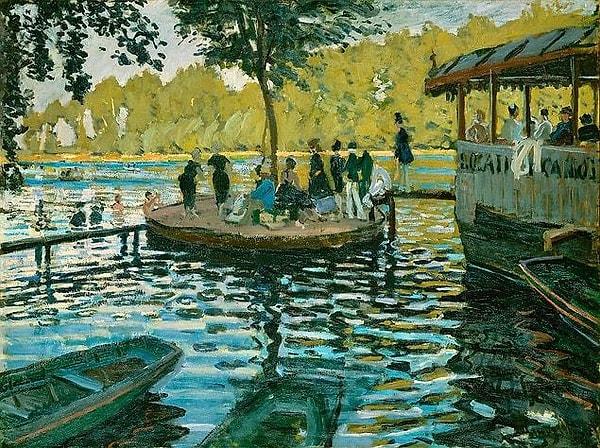
Up close, unlike the Academy, there is no specific form used; from a distance, we see many colors coming together to reflect reality.
Pierre Auguste Renoir told it like this: "One morning the color black was gone. That's when Impressionism was born."
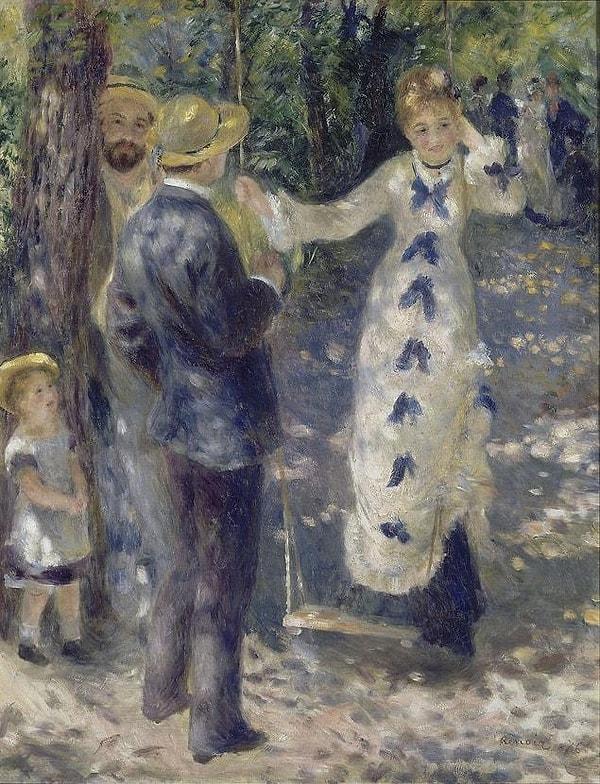
It was a big leap: From the black shadows of the Academy to the blue shadows of Impressionism.
The paintings were suddenly filled with extra brightness and vitality.
After all, no shade is just black; it is a mixture of tones and colors.
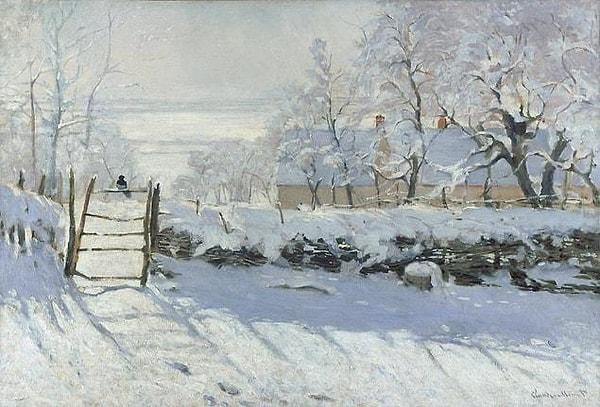
And blue was the ultimate color of the outside. It's the color of the sky and it's all-encompassing: Even snow!
Think of Monet's The Magpie and its shadows
But Monet took this a little further. He did not just use the blue outside as a transition; he made blue the only color of the outside.
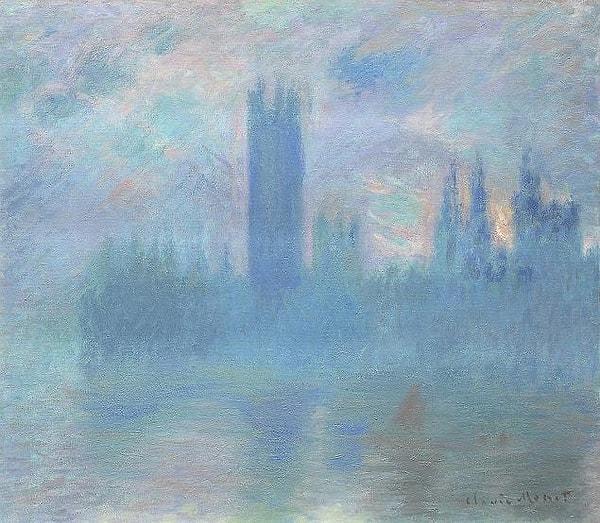
As can be seen in Monet's work about the London fog.
Another technique used by the Impressionists was the use of lighter colored canvases.

Normally it would have been dark gray, but Monet and his contemporaries used white canvas.
Blue was a common color in painting even before Monet's birth.

Ancient Egyptians, artists of the Middle Ages, etc. also used blue frequently.
16th century artists preferred to use the color blue with real intensity.
But more than his contemporaries, it was Monet himself who became one with the color blue.

In his early works, the color blue was less characteristic, but later it became a prominent feature.
Blue was coming out of the snow, the sun and the fog!
Monet traveled to London and Venice. He took this style with him and painted the cities as he knew them.

Far from a photograph, he painted it based entirely on the impression it left on him.
Of course, he also painted the garden and the bridge he loved so much and left a magnificent work to the world.

This is a picture of him in front of the garden and bridge he painted...

Keşfet ile ziyaret ettiğin tüm kategorileri tek akışta gör!


Send Comment